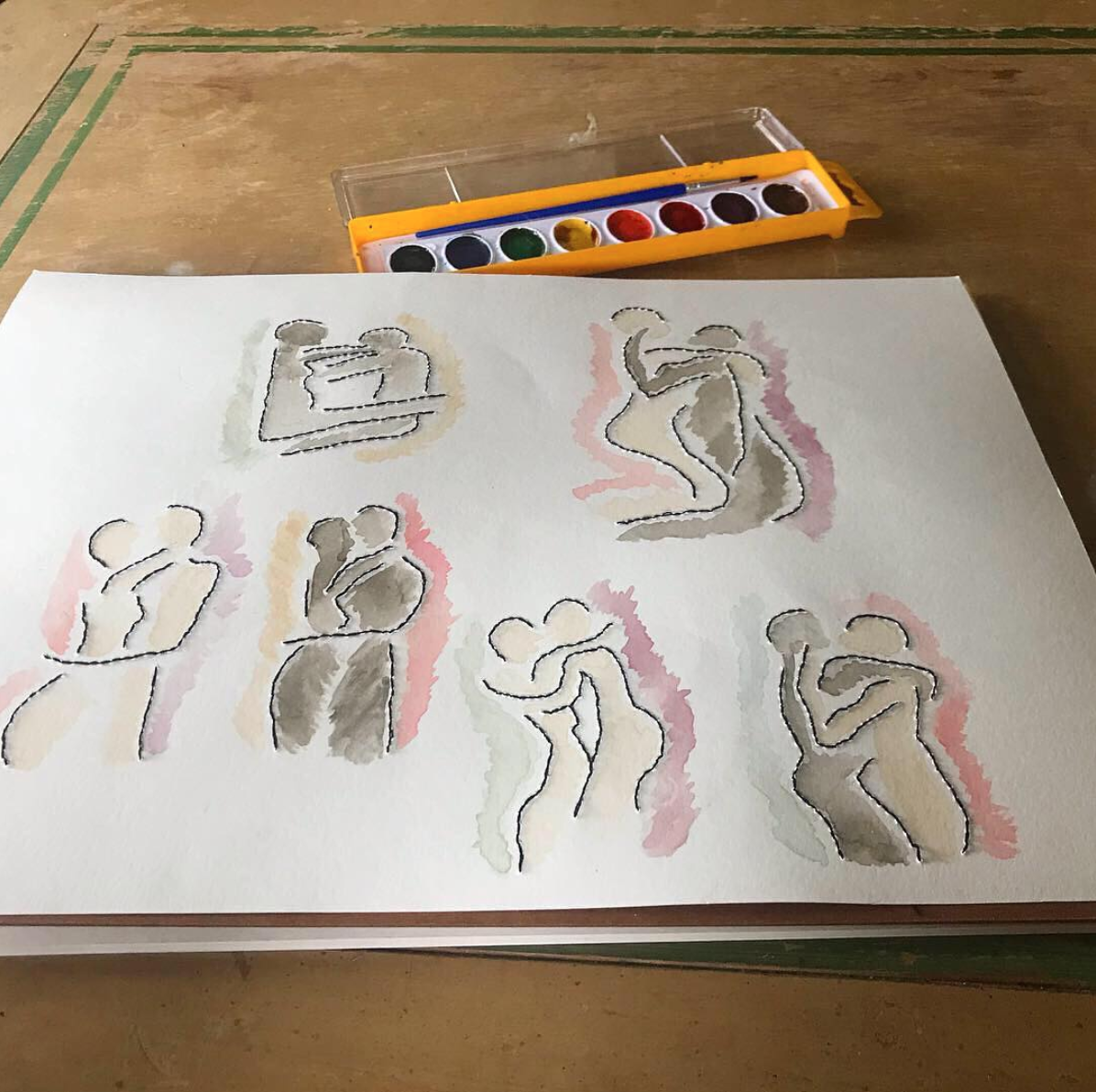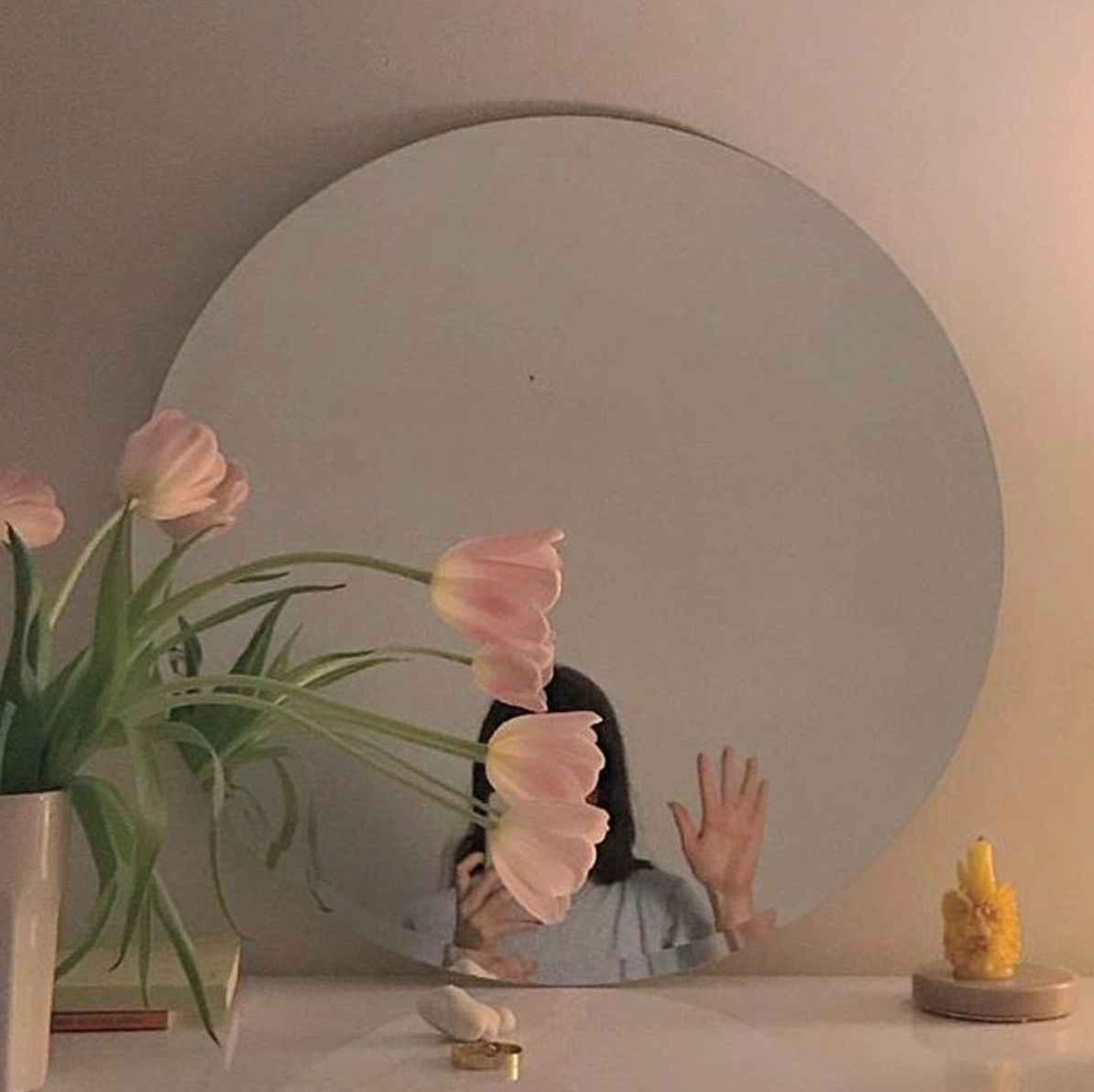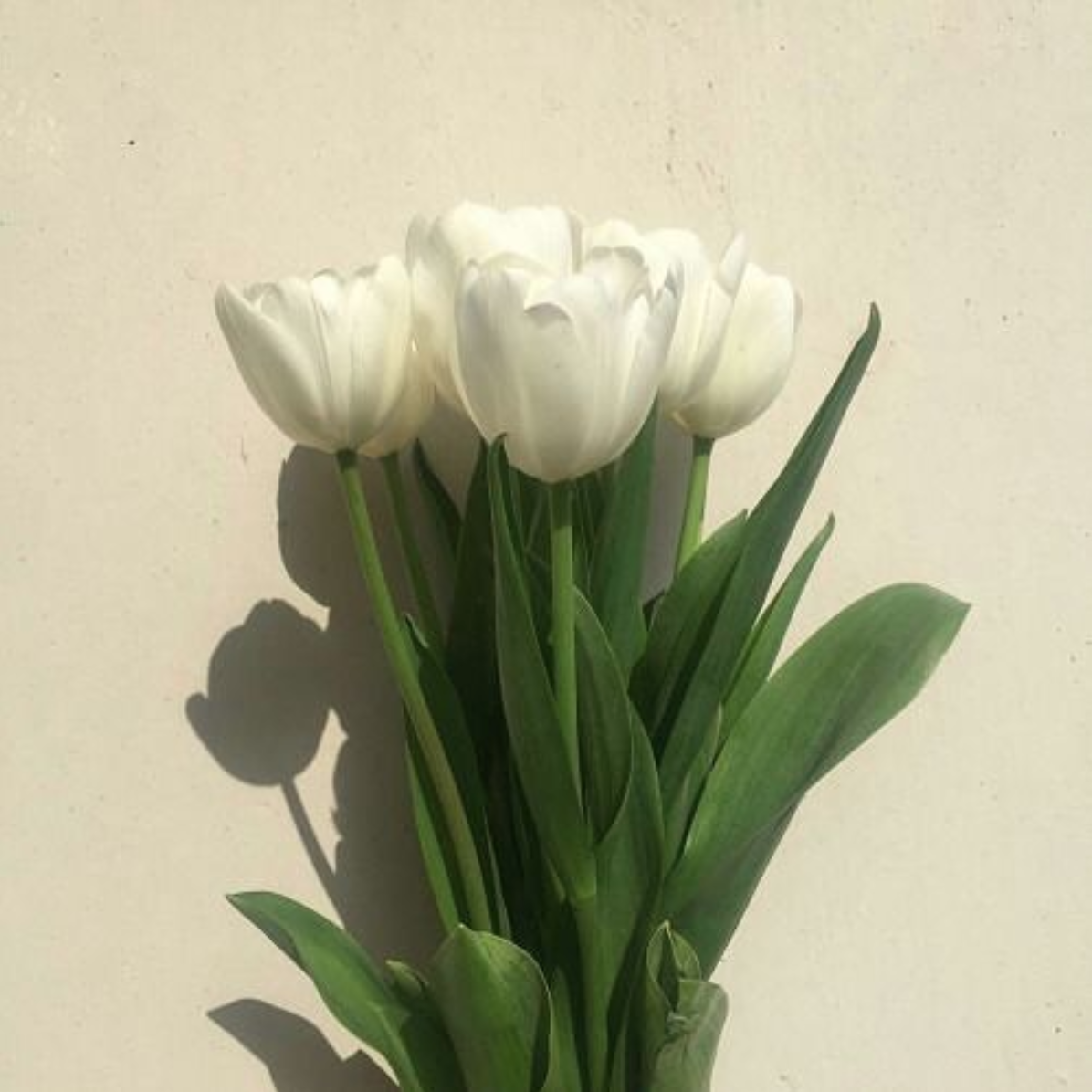Creative’s Handbook is our newest series that dives even further into the details behind running a creative business. We’ll be asking fellow creatives to share their expertise on marketing, money, production, self-care, and everything in between.
In today’s Q&A, therapist Elizabeth Buckley shares her thoughts on practicing self-care, creative comparison, and setting boundaries in our relationships.
____________________________
Tell us about your background. What led you to become a therapist?
My path to therapy came from my background as a teacher and guide for teens and adults. Over the last ten years, I’ve worked in a number of these roles at various nonprofits where the missions are rooted in empowering adult individuals or adolescents by providing tools and opportunities for self-exploration and healing. My experiences in the nonprofit world ultimately led me to seek my teaching license to work with high school English students, where I aimed to cultivate a space where students felt loved and worthy during the delicate time of being a teen. All the while, I sought my own personal journey with therapy to navigate my struggles.
Ultimately, my experiences as a support for others, my inherent curiosity about others, and my own journey in therapy all combined to contribute to my becoming a therapist. I sought my graduate degree of Master of Arts in Counseling at St Edwards University, and through my training there, I found working with clients through a holistic lens— where elements of creativity, curiosity, neuroscience, biology, sociology, and mindfulness all come together in practice— best provides a space for healing and growth that ultimately allows for an integrated, authentic self.

Why do you think it’s important for creatives to practice self-care?
I think it’s incredibly important for creatives to practice self-care because creating calls for us to dive deep into our authentic selves and return to the surface with something meaningful or inspiring or important; having ways we rest and replenish is what allows us to keep coming back to the craft– it allows us to keep diving deep and swimming up with something special. We are the vessels for our creativity; having practices in place that nurture and tend to the vessel is imperative.
Can you share a little bit of your self-care routine?
My self care routine involves a lot of movement and engaging in activities that are kinesthetically soothing to me. I have a lot of anxious energy that tends to get stuck in my body if I’m not mindful, so I run a lot as a way of moving it through and processing. I also really enjoy paper stitching and playing guitar. These are really important parts of my life because they allow me to be reflective and mindfully attuned.
“We are the vessels for our creativity; having practices in place that nurture and tend to the vessel is imperative.”
As creative entrepreneurs, it can be easy to compare your work with others, or feel like you’re not doing enough. What do you think is the best way to deal with negative thoughts like these?
If you are looking to others for inspiration or guidance, you are operating in the space of creative nourishment. If you’re looking to others for comparison, you are operating in the space of starvation. Be mindful of how you’re feeding yourself.

What are your best tips for setting boundaries in both professional and personal relationships?
My supervisor, Juliane Taylor Shore, taught me one of the best practices for boundary setting. There are 6 steps: It starts with getting very clear about the boundary you want to set by spending time with intention: why are you setting the boundary in the first place? How will you say it loud? Second, set the boundary. Next, you anticipate the other person’s response: how might they react to the boundary? Fourth: anticipate your response to their response: how might you feel about their reaction to your boundary? Fifth, soothe yourself: it’s true people do not always respond the way we would like when we put boundaries in place, and that can be really hard to hold. Self soothing is the step that allows us to engage in the final step: executing the same boundary again. A successful boundary is not about getting what you want because boundaries are not about control. It is about how well you are able to say what you need and how you are able to soothe yourself, whatever the outcome.
What’s the biggest lesson you’ve learned in the past year?
The biggest lesson I’ve learned in the past year– and one I am still learning– is how to be comfortable with discomfort. I spent a lot of my life trying to protect myself from the unknown and operated under the belief that if I saw it coming, it wouldn’t hurt so much or it wouldn’t be so hard. As I go deeper into my personal work, and as I work with others, I keep coming back to the notion of acceptance for life as it unfolds. I continue to learn how to trust the path forward, even when I can’t quite see what’s up ahead. Life is a series of things coming together and falling apart– endlessly and repeatedly– and the best we can do is learn how to be with ourselves with immense compassion as it unfolds.
____________________________
 Elizabeth Buckley is a Licensed Professional Counseling Intern & Licensed Marriage and Family Therapist Associate based in Austin (under the supervision of Juliane Taylor Shore LPC-S & LMFT-S.) Her areas of focus include relationships and anxiety + depression in adults and teens under the guidance of a neurobiology & trauma informed lens. Follow her work or book a consult via @eab.therapy. Alternatively, you can book a consult by emailing: elizabethbuckley@eabtherapy.com
Elizabeth Buckley is a Licensed Professional Counseling Intern & Licensed Marriage and Family Therapist Associate based in Austin (under the supervision of Juliane Taylor Shore LPC-S & LMFT-S.) Her areas of focus include relationships and anxiety + depression in adults and teens under the guidance of a neurobiology & trauma informed lens. Follow her work or book a consult via @eab.therapy. Alternatively, you can book a consult by emailing: elizabethbuckley@eabtherapy.com
Images via @eab.therapy on Instagram; art by Elizabeth, mirror image by @thankyou_ok.
